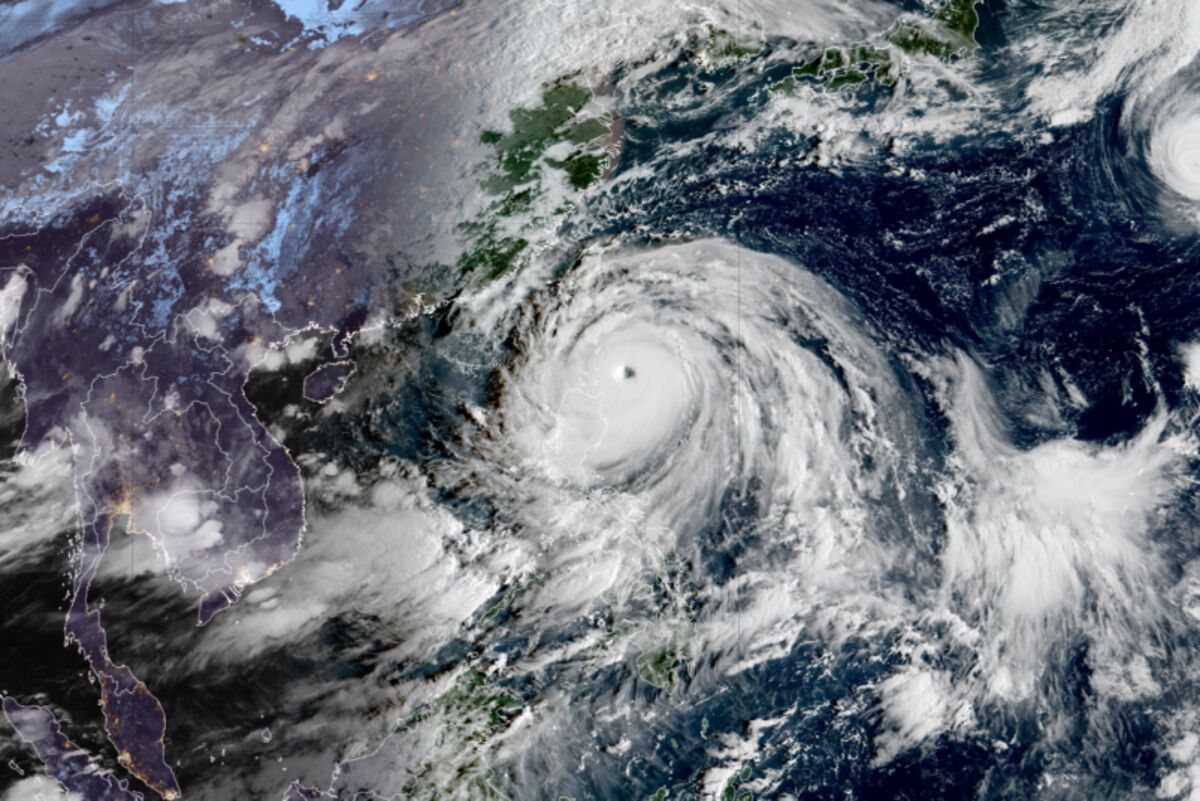Super Typhoon Ragasa Affects Hong Kong: Key Events and Impact

Introduction
The recent emergence of Super Typhoon Ragasa has raised significant concerns across Hong Kong and surrounding regions. Classified as a powerful tropical storm, Ragasa has underscored the pressing issues of climate change and preparedness for extreme weather events. As cities become more vulnerable to natural disasters, understanding the implications of such storms is crucial for both residents and policymakers.
Impact and Events
Super Typhoon Ragasa made landfall in the densely populated areas of Hong Kong on October 16, 2023, causing severe disruptions across the territory. The Hong Kong Observatory issued its highest weather warnings, with wind gusts exceeding 180 km/h reported in some districts. The typhoon brought torrential rain, resulting in flash flooding and landslides in various parts of the city.
Authorities implemented emergency protocols, which included suspending public transport, closing schools, and activating emergency response teams to assist affected areas. Significant damage to infrastructure was reported, with fallen trees and damaged buildings. As of the latest reports, the Hong Kong Fire Services Department responded to over 500 calls related to storm damage and flooding.
In addition to physical damage, the storm has had a profound impact on the daily lives of residents. Businesses faced closures, and many families were left without power as utility companies worked overtime to restore services. The financial implications of the typhoon are still being assessed but are expected to be considerable, with potential long-term effects on the local economy.
Conclusion
As cleanup efforts continue, the aftermath of Super Typhoon Ragasa serves as a stark reminder of the increasing frequency and intensity of storms in the region. Experts predict that climate change will continue to exacerbate weather conditions, making it imperative for Hong Kong to invest in better infrastructure and disaster preparedness programs. For residents, understanding the risks associated with such natural disasters will be essential in advocating for necessary changes and fostering community resilience in the face of future storms.
